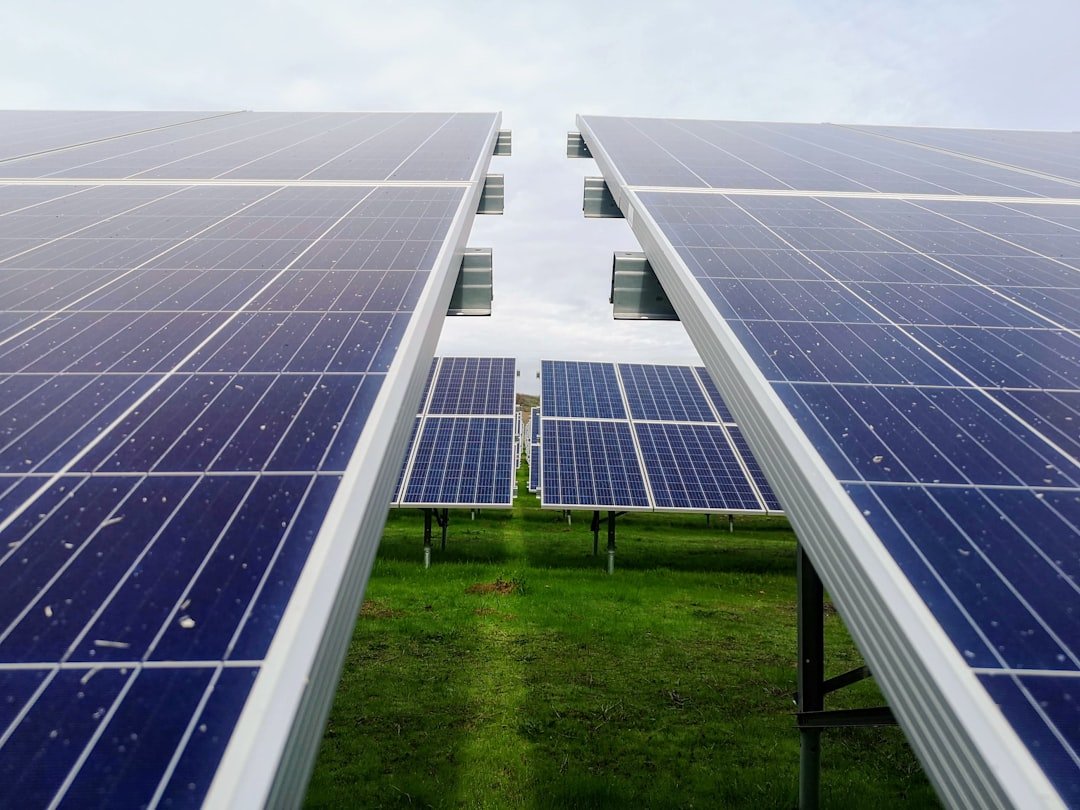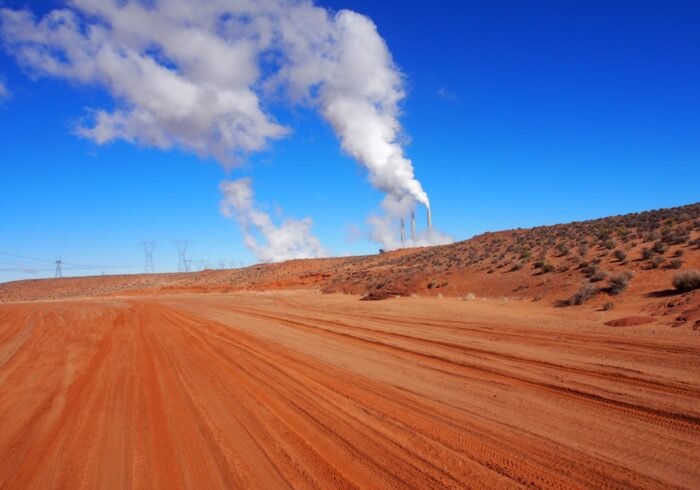A Detailed Overview of Geoengineering The term “geoengineering,” which refers to a variety of extensive interventions meant to mitigate climate change, has become a central topic in conversations concerning environmental sustainability. Scientists, decision-makers, and the general public are looking into creative ways to lessen the effects of global warming as they become more obvious. In addition to lowering greenhouse gas concentrations, geoengineering presents a viable means of directly influencing Earth’s climate systems. This field is distinguished by the contentious nature of its suggested methodologies as well as its ambitious scope.
Key Takeaways
- Geoengineering refers to deliberate large-scale interventions in the Earth’s natural systems to counteract climate change.
- Types of geoengineering include solar radiation management, carbon dioxide removal, and weather modification.
- Benefits of geoengineering include potential to mitigate climate change impacts, while risks include unintended consequences and ethical concerns.
- International policies on geoengineering are still in the early stages, with limited regulation and governance frameworks in place.
- Public perception of geoengineering varies, with some supporting it as a solution to climate change and others expressing concerns about its potential risks.
The pressing need to tackle climate change has brought geoengineering into the public eye. Traditional mitigation techniques might not be enough as extreme weather events, biodiversity loss, and sea level rise become more noticeable. Thus, geoengineering is being explored as an adjunct to current carbon emission reduction initiatives. The intricacy of Earth’s climate systems and the possibility of unforeseen repercussions, however, call into question the viability and morality of such interventions. management of solar radiation (SRM). Techniques for managing solar radiation aim to lower global temperatures by reflecting some of the sun’s energy back into space.
This category comprises techniques like marine cloud brightening, which attempts to increase the reflectivity of clouds over oceans, and stratospheric aerosol injection, which involves releasing reflective particles into the atmosphere. CDR stands for Carbon Dioxide Removal. The goal of carbon dioxide removal, on the other hand, is to remove CO2 from the atmosphere and store it in order to lessen the greenhouse effect. CDR is exemplified by methods like direct air capture, bioenergy with carbon capture and storage (BECCS), and afforestation. Opportunities and difficulties. Research is still being conducted to assess each method’s efficacy and scalability in practical applications, as each one offers different opportunities and challenges.
Geoengineering has a wide range of possible advantages. These technologies’ proponents contend that they could respond to climate change quickly and offer solutions that could be implemented sooner than more conventional mitigation techniques. For example, SRM methods have the potential to prevent some of the worst effects of climate change by reducing global temperatures in a short period of time. Also, by actively eliminating excess CO2, CDR techniques may contribute to the restoration of atmospheric balance. However, one cannot ignore the dangers of geoengineering. Large-scale interventions have the potential to have unanticipated repercussions that could make pre-existing environmental problems worse.
| Geoengineering Method | Effectiveness | Cost |
|---|---|---|
| Ocean Fertilization | Moderate | Low |
| Stratospheric Aerosol Injection | High | High |
| Carbon Capture and Storage | High | Moderate |
SRM-induced weather pattern modification, for instance, may result in excessive rainfall in some areas and droughts in others. Also, because decisions made by a small number of people could have worldwide effects, there are ethical and governance concerns. Because of the complexity of Earth’s systems, even well-meaning interventions may have unfavorable effects. As countries struggle with climate change on a global basis, the relationship between geoengineering and international policies is a crucial topic of discussion.
There are calls for international cooperation and guidelines because there is currently no comprehensive regulatory framework governing geoengineering practices. Although it has not yet established legally binding agreements, the United Nations Framework Convention on Climate Change (UNFCCC) has recognized the need for discussion on geoengineering. The way that different nations handle geoengineering varies; some support research and development, while others are cautious or completely opposed. The inability to reach a consensus makes it more difficult to develop a single policy framework.
As geoengineering technology develops, it is more crucial than ever for countries to have cooperative conversations about moral issues, environmental effects, and fair access to these tools. A complex web of media representation, personal beliefs about climate change, and scientific knowledge all contribute to the public’s perception of geoengineering. Some people are skeptical or afraid of the possible repercussions of geoengineering, while others see it as an essential weapon in the fight against climate change.
Many people find the ethical issues raised by the idea of changing the Earth’s climate to be compelling, which sparks discussions about whether or not humans have the right to interfere with natural processes. Public perception of geoengineering is significantly shaped by media coverage. Hyperbolic depictions may cause misunderstandings regarding the security & effectiveness of these technologies.
On the other hand, well-informed conversations about the possible advantages & disadvantages of geoengineering can promote comprehension and productive debate. It is crucial to have discussions with the public regarding these technologies in order to foster trust and guarantee that a range of viewpoints are taken into account when making decisions. Numerous initiatives have been launched worldwide to investigate the viability and efficacy of geoengineering as interest in the practice grows.
Through small-scale field experiments, the Stratospheric Controlled Perturbation Experiment (SCoPEx), one noteworthy project, aims to examine the effects of stratospheric aerosol injection. The goal of the Harvard University research project SCoPEx is to collect information on the potential effects of such interventions on atmospheric conditions. Developing technologies for direct air capture of CO2 is the focus of the Carbon Clean Solutions initiative, another noteworthy project. By developing scalable solutions, this project seeks to successfully lower carbon emissions across a range of industries. The fact that these current initiatives only scratch the surface of the geoengineering research being conducted shows how interested people are becoming in learning how these technologies can be used to fight climate change.
Geoengineering has wide-ranging and significant ethical ramifications. The idea of “moral hazard,” where reliance on geoengineering could lessen the urgency of reducing greenhouse gas emissions through conventional means, is one of the main concerns. Critics contend that this might cause the public & policymakers to become complacent, which would undermine long-term sustainability initiatives. Also, when deciding who has access to geoengineering technologies and who is responsible for the risks involved in their use, questions of justice and equity come up. The negative effects of geoengineering interventions started by wealthier nations may disproportionately affect developing countries.
In order to guarantee that decisions about geoengineering are made in a transparent and inclusive manner, taking into consideration the opinions of those most affected by climate change, ethical frameworks must be established. The use of geoengineering to combat climate change has a bright but uncertain future. The development of new research could lead to creative solutions that enhance current mitigation techniques.
Nonetheless, open discussions regarding the implications of these technologies are essential for all parties involved, including the public, legislators, and scientists. It will be necessary to carefully examine legal frameworks, public engagement tactics, & ethical frameworks in order to incorporate geoengineering into larger climate action plans. It might be possible to maximize the potential advantages of geoengineering while lowering risks by encouraging international cooperation and including a range of viewpoints in decision-making procedures. In the end, as humanity struggles with the effects of climate change, geoengineering might be crucial to creating a sustainable future for future generations.



